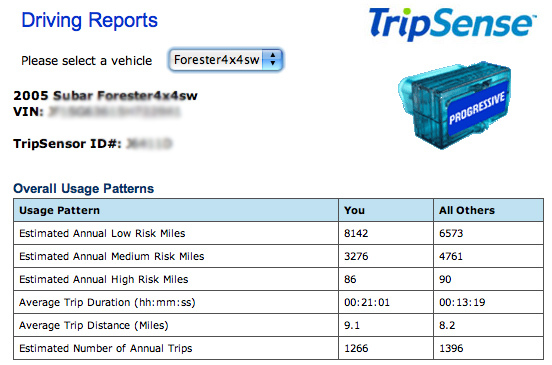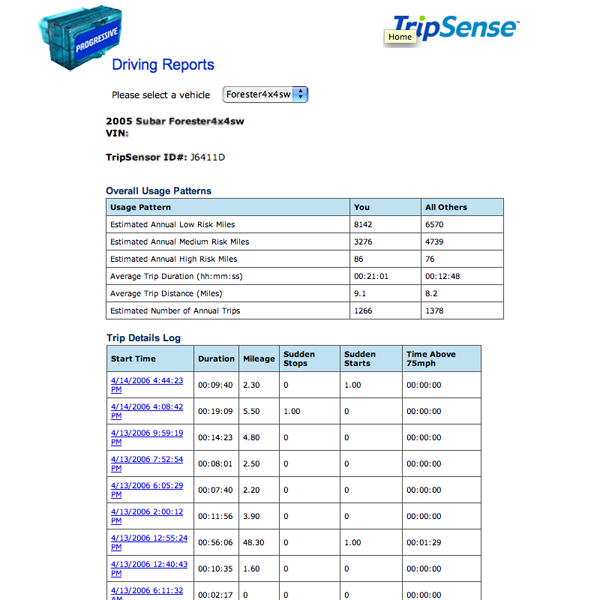reboot 8 is awfully fun, insightful, brilliant and engaging. There’s so much here that is being discussed that I’m rationing pages in my little portable notebook. Notebook? Yeah, because some of th emost exciting conversations happen f2f out on the front lawn of this amazing space where the weather has been accommodating.
But, the speaker sessions are great, too. It’s not lunch yet, but I have a few thoughts related to Matt Webb and Ulla-Maaria Mutanen’s talks.
Matt Webb
Matt did a bit on new ways of using our human sense modalities as metaphorical design elements for our browsing activities. He went through each of our senses — the normal five — and described them in terms of individual meaning. It wasn’t a totalizing kind of thing — like, our sense of sight becomes the window on the screen or anything like that. It was a well-thought consideration that took sense modalities as a framework for design.
As he went through each of the sense he also had slides of hand sketches that gradually assembled into the components of a new kind of web browser.
My favorite part of this were the use of browser side elements so that you get various kinds of networked proprioception — we see things around the web page, topics related to it, various overviews, ranks of links in/out, commentary, etc. I’m not sure where all of this goes in terms of changing browsing practices to make us more enabled inhabitants of digitally networked worlds, but the idea of thinking about what peripheral vision is, or touch, or smell as, for instance, what’s on another side of a web page or what’s nearby to a web page. Sight — things are closer or further away in some fashion, and I can see what other people are looking at. Hearing provides some kind of translation to rhythm sensing. Touch is about the surface and isn’t a kind of look-ahead or early-warning framework.
Ulla-Maaria
Ulla-Maaria’s talk was great — each time I hear her I get a deeper appreciation about her project and how it provides important elements of a renaissance for empowered makers/crafters/tinkerers. The strong point I came with thinking thorugh how Things/Objects that contain some sort representation of themselves can describe not only how they can be disassembled, but also how they were made and how they can be hacked, in a DIY way. For instance, knowing enough about my devices to be able to figure out how they were made, and how I can re-make and re-fashion them in various ways. More than just adding glimmer to my computer, or changing the background — I want to know how I can reconfigure things into other things. I don’t think it’s too far out, in principle. There are so many digital projects out there, for instance — student projects, hacker projects, etc. — how can they provide enough context, rules, manuals and instructions to reveal how they make the things they make so that others can follow along? And then create communities of interest around these things to create micro-ecosystems or micro-markets around the kinds of social practice these things establish.
Mark Hurst
Bit Literacy: A New Strategy for Productivity in Your Bit-drenched Life
Managing my overflowing email inbox — techniques for living with too much information. I had a gradually growing exception to the talk. It had a built-in conceit about “information overload”, which I think has a poorly considered undercurrent that is the information we receive is too much. There are too many flows, inputs, uploads, feeds, etc. I don’t believe in this partly because it assumes that there is a tranquility underneath “too” much. I think it’s fairly easy to argue that tranquility is not directly related to quantity of bits, which was the basis of the presentation. That bits have “psychic weight”, and less psychic weight or fewer bits are better.
Too much email? Doc Searles was called upon to tell us how many emails he has in his inbox — whatever. 1600, let’s say. That kind of social status indicator drives me about as nuts. Can we please, please stop that? It’s about as useful as letting people know what your level is in World of Warcraft. Enough.
MarthaStewart 2.0? Bleech..
There was a discussion of managing email — fully in control of my bits — by clearing all of my email everyday. What about email as a history of activities, participations, social linkages? Clearing my email inbox? Are you kidding me? That’s like wiping my hard disk clean everyday. What’s wrong with my email box as a journal database of sorts — what I did when?
The “philosophy of bit literacy” includes a requirement that we widdle down the inbox. Don’t buy it. Is it just that there are too many messages stacked up in a window? Is it just that we’re trying to get through new mail? Why is there this requirement?
Never mind that email seems to be going the way of snail mail as more digital kids / millenials employ a whole variety of social communication practices that are a mash-up of IM, SMS, social networking sites, presence awareness distortion fields like Flickr, and — gasp! — massively multiplayer game worlds like WoW and 2nd Life.
I’m squirming for the Q&A. Or maybe I’m just hungry again.
Technorati Tags: reboot, reboot 8.0, reboot8


